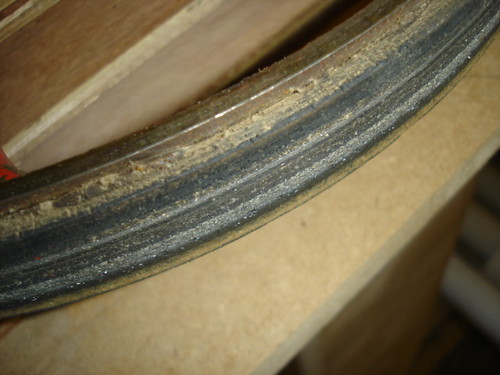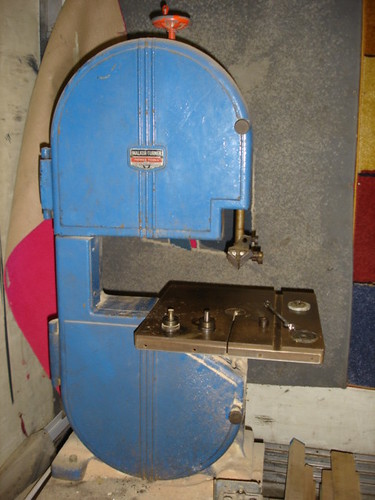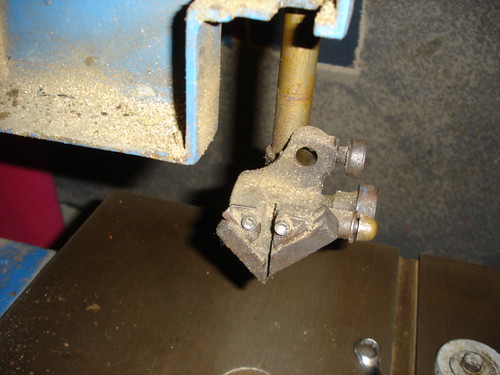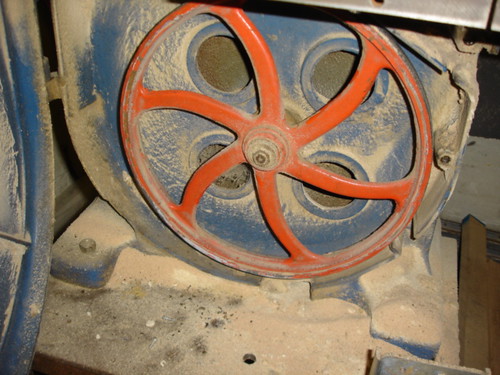liam8223
Established Member
I have an old Walker Turner bandsaw, and I am debating gettting rid, mainly because the guides don't seem very accurate, it doesn't cut straight, I think the tyres need re doing, and it has no fence.
I know it sounds like scrap, but its in good nick, its old and completely cast iron and if i can improve it, rather than spending more dollar that would be my preferred route.
and if i can improve it, rather than spending more dollar that would be my preferred route.
Basically, can anyone give advice on guides, redoing the tyres, and a decent fence setup?
I am proficient at welding, engineering etc, so any ideas will be welcome, even if it involves me making from scratch.
Thanks in advance.
Liam.
I know it sounds like scrap, but its in good nick, its old and completely cast iron
Basically, can anyone give advice on guides, redoing the tyres, and a decent fence setup?
I am proficient at welding, engineering etc, so any ideas will be welcome, even if it involves me making from scratch.
Thanks in advance.
Liam.








